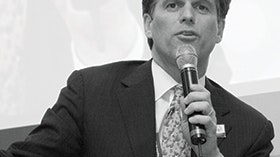Homepage
•
Learning Library
•
Blog
•
It's not about helping the marginalized, but learning from them
Expand breadcrumbs
Expand breadcrumbs
- Learning Library
- Blog
- It's not about helping the marginalized, but learning from them
- Homepage
- •
- Learning Library
- •
- Blog
- •
- It's not about helping the marginalized, but learning from them
It's not about helping the marginalized, but learning from them
By Julie Randles
January 1, 2017








